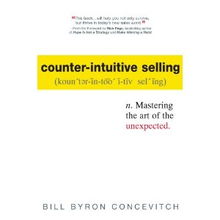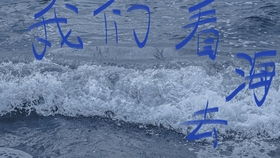Content:
Introduction: In times of famine, when food becomes scarce, fishing emerges as a valuable skill to sustain life. Whether you are a seasoned angler or a beginner, knowing the right techniques for freshwater fishing can make a significant difference. This article will provide you with essential tips and strategies to master the art of fishing during a famine, focusing on freshwater fishing techniques.
Choosing the Right Equipment: a. Rod and Reel: Select a lightweight and durable rod that suits the type of fish you are targeting. A spinning rod is versatile and suitable for various freshwater species. Choose a reel that matches the rod's power and line capacity.
b. Line: Use monofilament line for freshwater fishing. The thickness of the line depends on the size of the fish you are targeting. Thicker lines are better for larger fish, while thinner lines are ideal for smaller species.
c. Hooks: Choose the appropriate hook size based on the fish you are aiming to catch. Larger hooks are suitable for bigger fish, while smaller hooks are better for smaller species.
d. Lures and Baits: Use artificial lures or natural baits depending on your preference and the type of fish you are targeting. Artificial lures can be more effective in attracting fish, while natural baits like worms, insects, or fish eggs can be a great option as well.
Locating Fish: a. Research: Familiarize yourself with the freshwater bodies in your area, such as rivers, lakes, or ponds. Identify the species of fish present and their preferred habitats.
b. Timing: Fish are more active during certain times of the day. Early morning and evening are usually the best times for fishing. During a famine, it is crucial to maximize your chances of catching fish, so be prepared to fish during these peak times.
c. Depth: Understand the depth at which fish are most likely to be found. Different species have different preferences. For example, some fish may be found near the surface, while others may be deeper in the water column.
Baits and Lures: a. Natural Baits: Use natural baits like worms, insects, or fish eggs. These baits are often more effective as they resemble the fish's natural food source. Ensure the baits are fresh and attractive to the fish.

b. Artificial Lures: Artificial lures can be more versatile and effective. Use lures that mimic the movement and appearance of the fish's natural prey. Experiment with different colors, sizes, and types of lures to find what works best in your specific fishing environment.
Techniques: a. Casting: Learn proper casting techniques to ensure accurate and effective presentations. Practice different casting techniques, such as roll cast, overhead cast, or sidearm cast, depending on your fishing situation.
b. Retrieval: The way you retrieve the lure or bait can greatly impact your success. Vary the speed and rhythm of your retrieval to mimic the natural movement of the fish's prey.
c. Patience: Fishing during a famine requires patience and perseverance. Be prepared to wait for extended periods without a bite. Keep your focus and be ready to adjust your techniques as needed.
Safety and Etiquette: a. Safety: Always prioritize safety while fishing. Wear appropriate clothing, use sunscreen, and be aware of your surroundings to avoid accidents or encounters with wildlife.
b. Etiquette: Respect the fishing environment and other anglers. Follow local fishing regulations, practice catch-and-release if necessary, and leave the area as clean as you found it.
Conclusion: Fishing during a famine can be a challenging but rewarding experience. By mastering the essential techniques for freshwater fishing, you can increase your chances of providing sustenance for yourself and your loved ones. Remember to choose the right equipment, research your fishing location, and adapt your techniques accordingly. With patience and perseverance, you can become a skilled angler and make the most of the available resources during difficult times.












